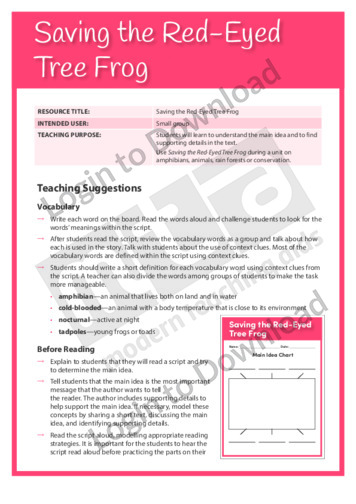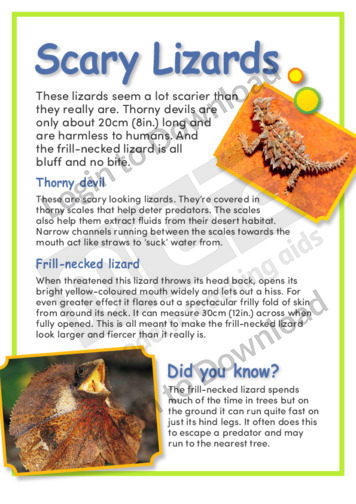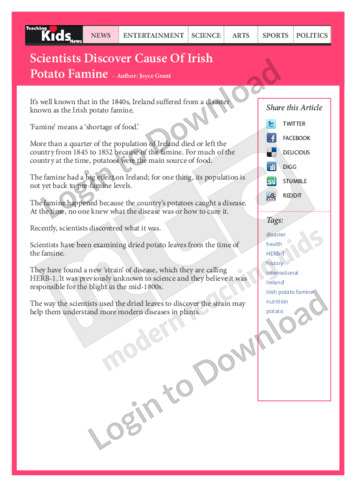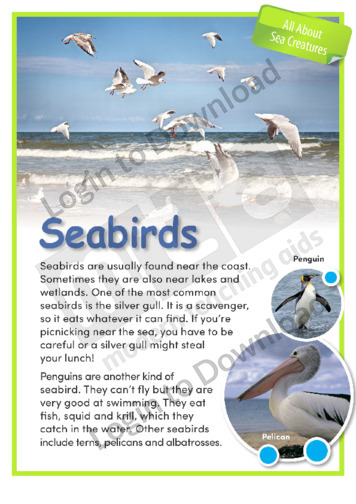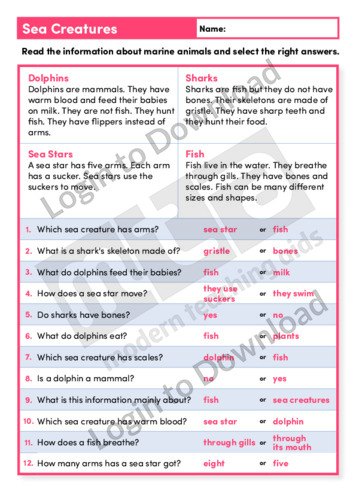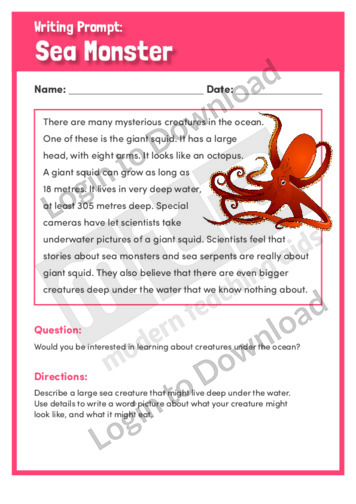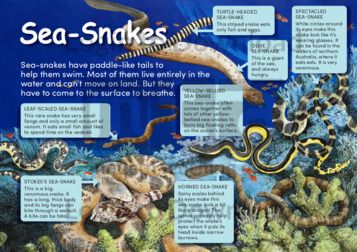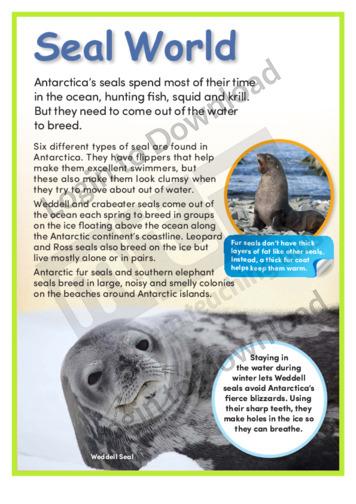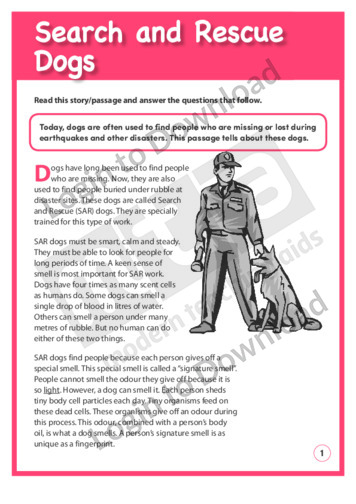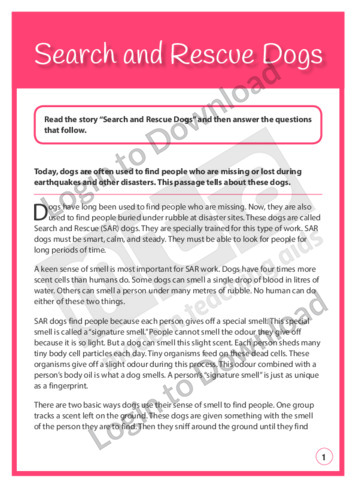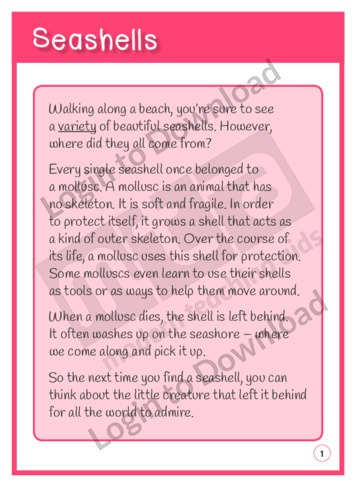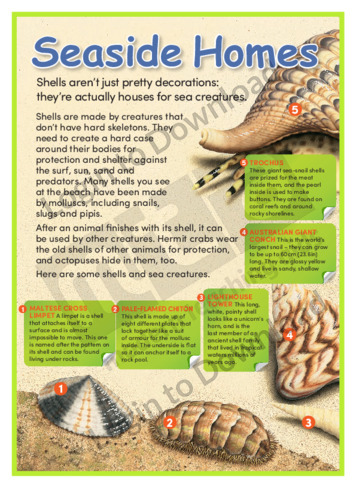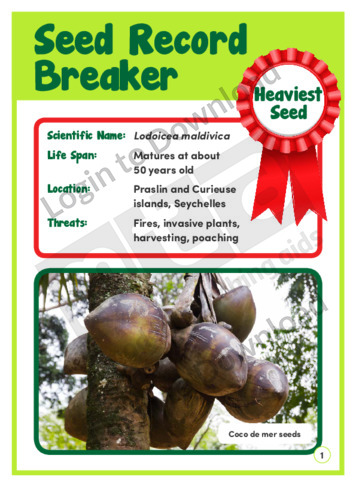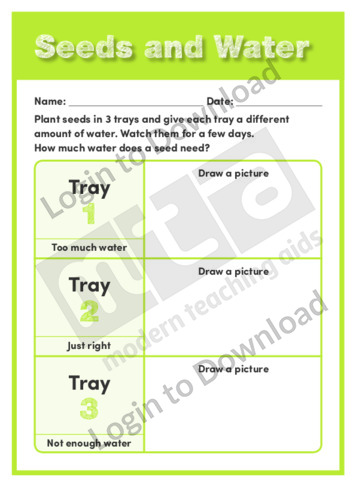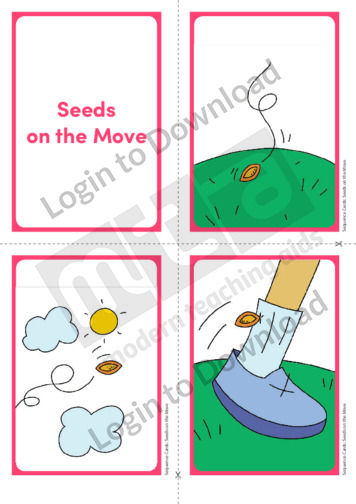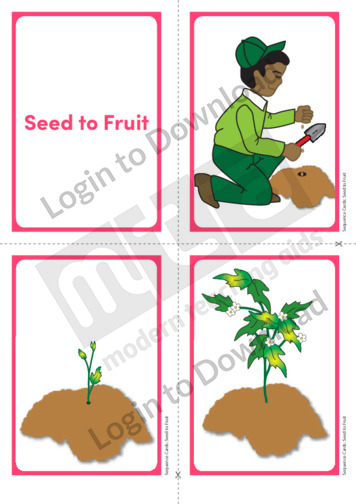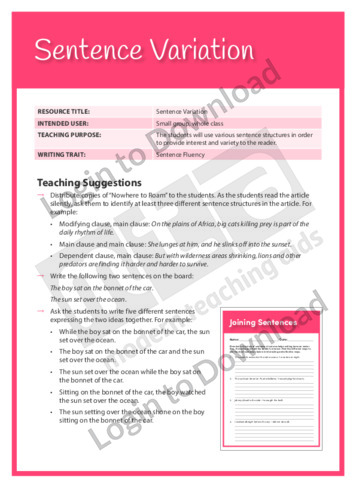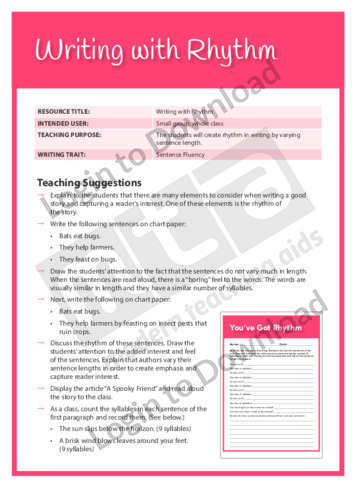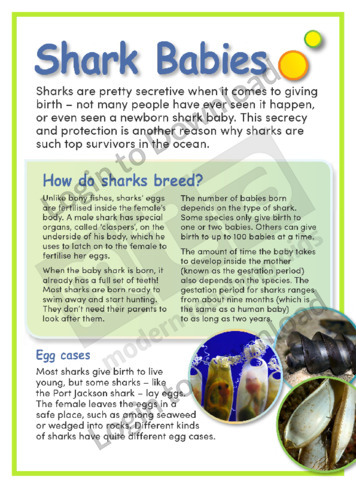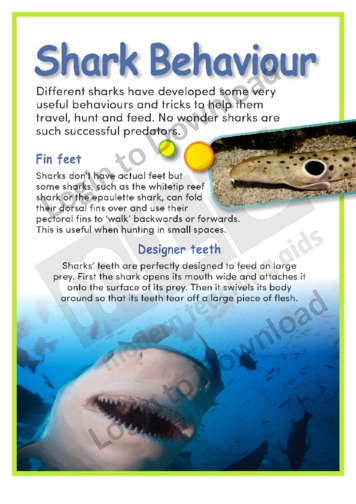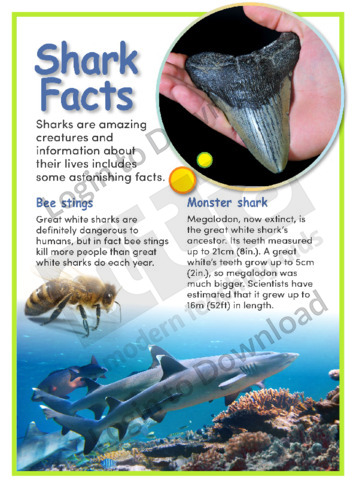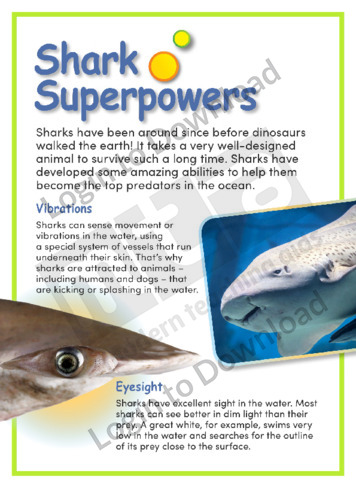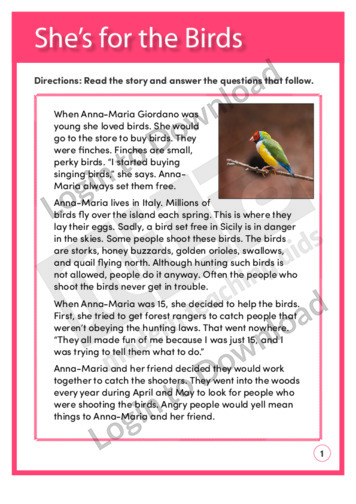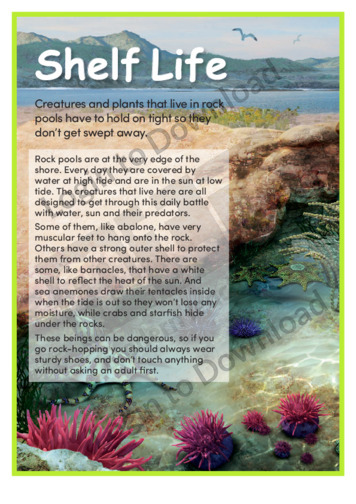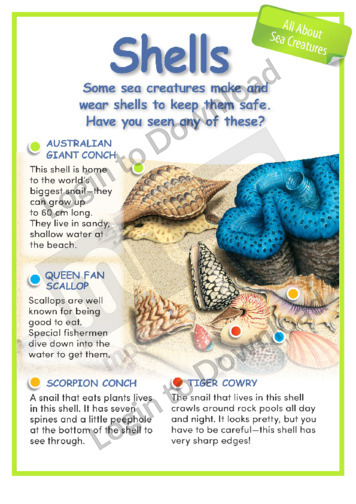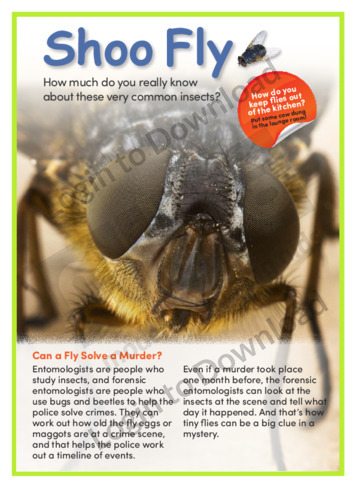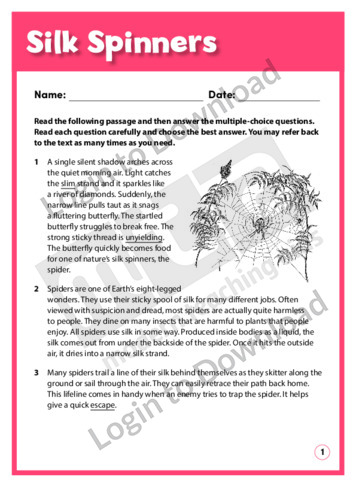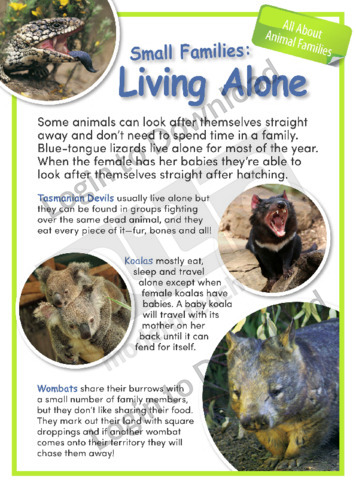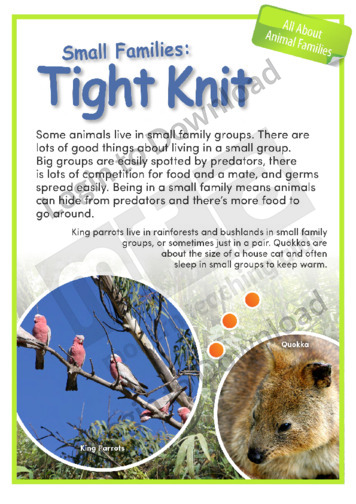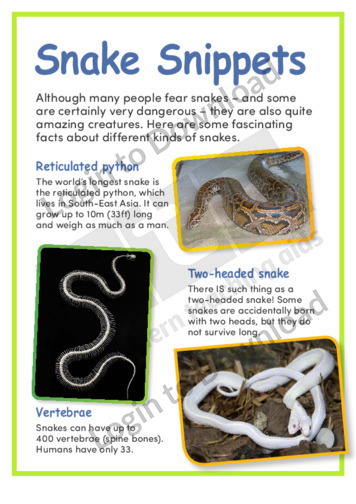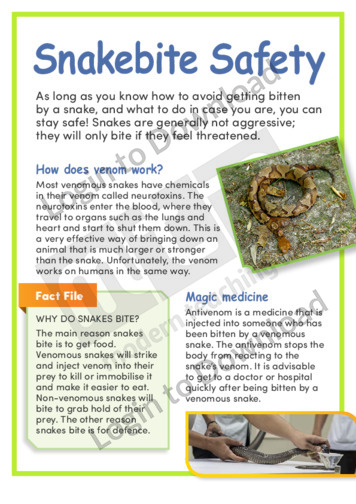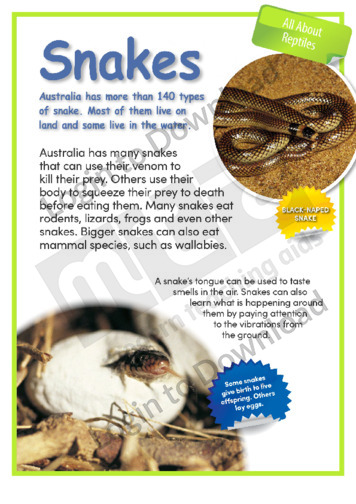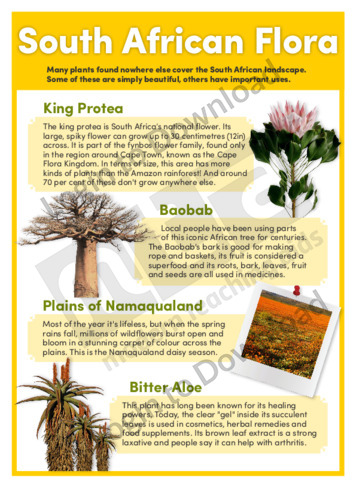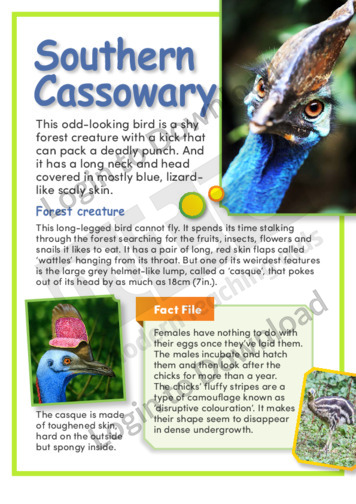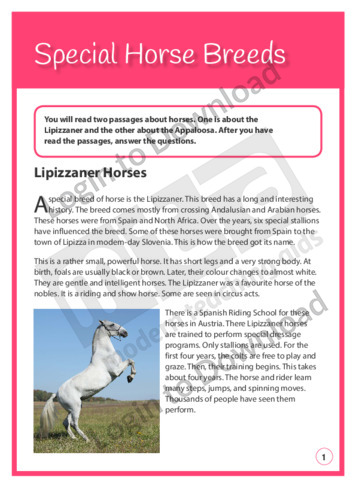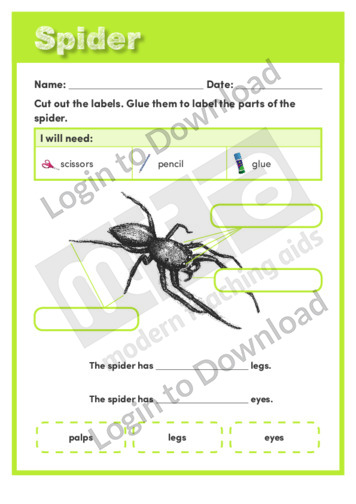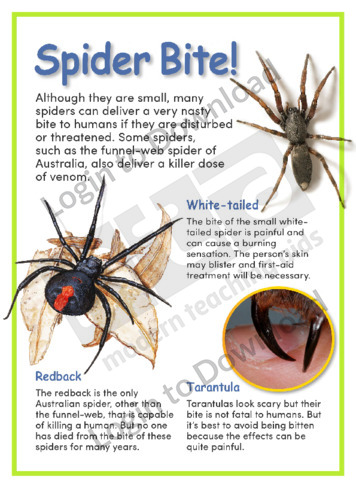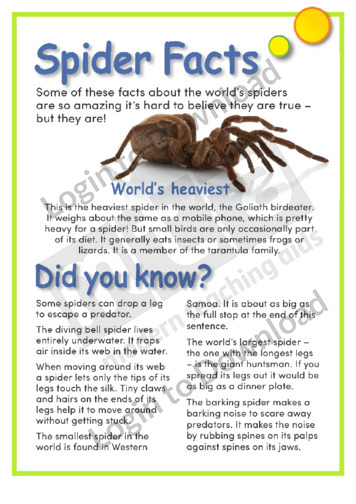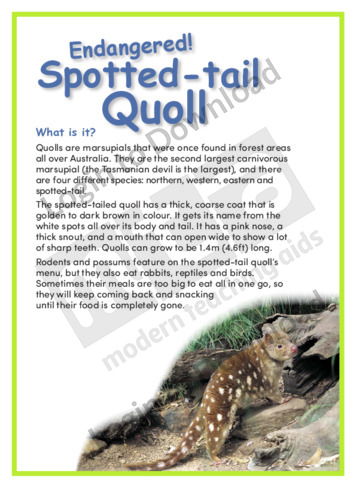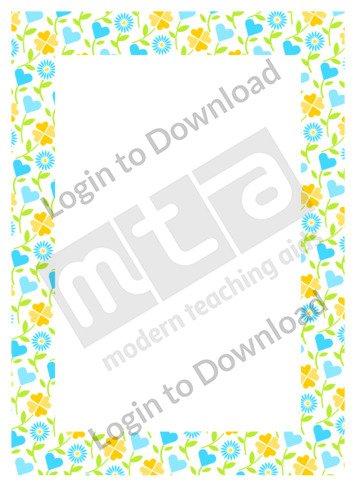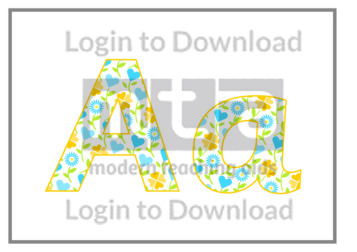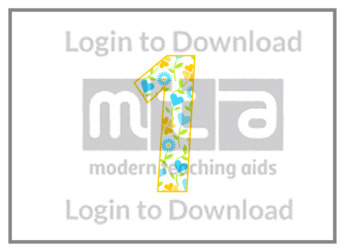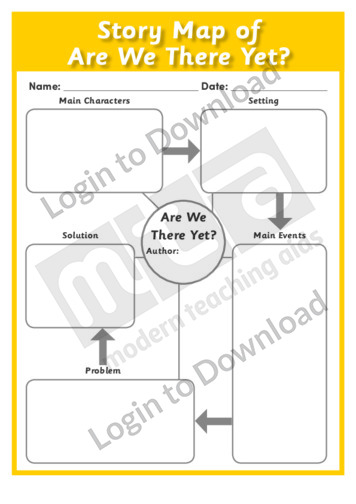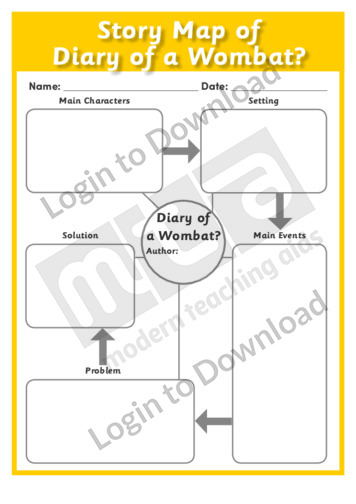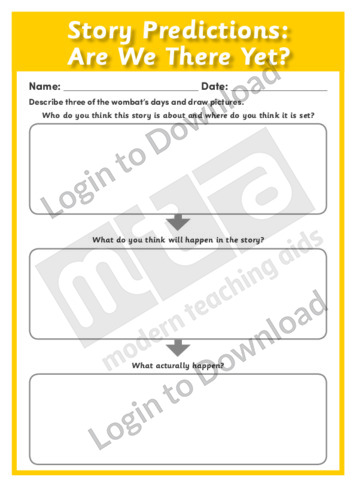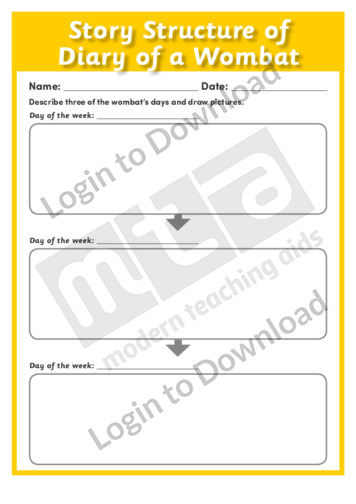This Readers Theatre activity, ‘ Saving the Red-Eyed Tree Frog’ encourages students understanding the main idea and to find supporting details in the text. It also builds reading fluency. This activity includes a script for 5 readers.
This article, ‘Scary Lizards’ provides information about two species of Australian lizards including their physical characteristics, habitats and defence habits. It also introduces students to various terms relating to the lizards’ physical features and habitat. The text is supported by colourful and engaging photographs.
This kids news activity, ‘Scientists Discover Cause Of Irish Potato Famine’ reports on the discovery of the plant disease that caused a disaster in Ireland in the 1800s.
This kids news activity, ‘Scientists Discover Corn Plants Make A Noise’ is about research into the role of sound and vibration in the life cycle of plants.
This article, ‘All About Sea Creatures: Sea Birds’, describes sea birds. It provides factual information and features colourful and engaging photographs.
This reading activity, ‘Sea Creatures’ provides opportunities for practice with reading information about marine animals and answering the comprehension questions.
This writing prompt, ‘Sea Monster’ helps students to write about a large sea creature that might live under the ocean. It encourages students to think about mysterious sea creatures and is aimed at broadening students’ writing and language skills.
The learning activity, ‘Sea Shelters’ shows a variety of sea creatures and some of the places they might live. By using the equations on each creature and the sums on the various homes, students find out where each creature lives. Students can use different methods to find the right places, apart from carrying out each …More
This article, ‘Sea Turtles’ describes the habitat, features and behaviour of turtles that live in the sea. It provides opportunities for students to practise vocabulary and comprehension skills. Answer sheet provided with file download.
This reading comprehension activity, ‘Sea Turtles in Trouble’ asks students to answer comprehension questions about sea turtles and what a class of students does to help sea turtles. It is aimed at developing students’ awareness of semantics and encourages them to make predictions, explain ideas and recall information.
This article, ‘Sea-Snakes’ provides information about the physical characteristics, habits, and diet of seven species of sea-snakes. It also introduces students to various terms relating to snakes that live in water. The text is supported by a large illustration that shows all species described.
This article, ‘All About Birds: Seabirds’, features different types of seabirds. It provides factual information about seabirds and their habitats and includes colourful and engaging photographs.
This article, ‘Seal World’, describes the seals that live in Antarctica. It provides factual information about these seals and includes colourful and engaging photographs.
This analysing text worksheet ‘Search and Rescue Dogs’ supports students to use various strategies to understand a narrative text about these special canines. It is aimed at encouraging students to deconstruct the text in order to gain a deeper understanding of its purpose, to recall specific details from the text and to look critically at …More
This Reading Comprehension worksheet, ‘Search and Rescue Dogs’, features an informational text about dogs that find survivors after disasters such as earthquakes and building collapses. It encourages students to use a variety of strategies to interpret the text and includes questions about making a judgment, comparison/contrast, central purpose, detail, sequence, visual comprehension, reasoning, validity, and …More
This reading comprehension activity, ‘Seashells’ asks students to answer questions about seashells and where they come from. It is aimed at increasing students’ awareness of semantics and encourages students to recall information, draw conclusions and think about word meanings.
This article, ‘Seaside Homes’, profiles different sea creatures that live in shells. It provides factual information about these creatures and features colourful and engaging illustrations.
This science article, ‘Seed Record Breaker’ features the coco de mer seed. It provides information about this seed, which is the heaviest and largest seed in the world, and is aimed at broadening students’ scientific awareness in an engaging manner.
This life science worksheet, ‘Seeds and Water’ provides students with an experiment to determine how much water seeds need. It supports an understanding of plants.
This sequencing activity, ‘Seeds on the Move’ develops comprehension through sequencing images about how seeds are spread.
This sequencing activity, ‘Seeds to Fruit’ develops comprehension through sequencing images about a plant’s life cycle from seed to fruit.
This Writing Traits activity ‘Sentence Variation’ encourages students to use various sentence structures to provide interest and variety.
This Writing Traits activity ‘Writing with Rhythm’ encourages students to create rhythm in writing by varying sentence length.
This article, ‘Shark Babies’, provides information about sharks’ breeding and egg-laying habits, live births, the number of pups born and threats to young. It includes full-colour photographs of various egg cases and different shark species.
This article, ‘Shark Behaviour’, provides information about sharks’ range of habitats, blood temperature, design of teeth and camouflage. Full-colour photographs illustrate the details.
This article, ‘Shark Facts’, provides information about different species’ teeth size, colouring, lifespan and swimming and hunting techniques. It includes full-colour photographs of different species showing appearance and habitat.
This article, ‘Shark Superpowers’, provides information about sharks’ sensory powers including electroreception, hearing, sight and smell. Full-colour photographs illustrate details of different sensory organs.
This article, ‘Sharky Shapes’, provides information about the different shapes of various shark species and how they swim. It displays illustrations of different shark species in full colour with informative annotations and detailed descriptions.
This reading comprehension activity, ‘She’s for the Birds’, asks students to answer comprehension questions on a text about endangered birds in Italy.
This article, ‘Rock Pools: Shelf Life’, provides information about creatures and plants that live in rock pools. It profiles different species found in rock pools and features colourful and engaging images.
This article, ‘All About Sea Creatures: Shells’, describes different kinds of shells. It provides factual information and features colourful and engaging photographs.
This article, ‘Shoo Fly’, provides information about flies. It includes a diagram of a fly’s body, a fly’s lifecycle and several interesting facts about flies.
In the report, ‘Silk Spinners’ readers learn about how and why spiders make webs of silk. It provides opportunities for students to practise vocabulary and comprehension skills. Answer sheet provided with file download.
This article, ‘All About Animal Families: Small Families: Living Alone’, profiles different types of animals that live alone. It provides factual information about these animals and includes colourful and engaging photographs.
This article, ‘All About Animal Families: Small Families: Tight Knit’, profiles different types of animals that live in small families. It provides factual information about these animals and includes colourful and engaging photographs.
This article, ‘Snake Quick Facts’ provides information about the physical characteristics of snakes with particular detail of the head and mouth. It introduces students to several terms relating to a snake’s physical features. The text is supported by a large diagram and several photographs.
This article, ‘Snake Snippets’ provides a variety of information about snakes of different species. It highlights unusual characteristics and provides examples of interesting species. The text is supported by colourful and engaging photographs.
This article, ‘Snakebite Safety’ provides information about the nature of snake venom, what antivenom is, snakes’ relationship with people, how to avoid snakebite and first aid if bitten. It also introduces students to various terms relating to snakebites. The text is supported by colourful and engaging photographs.
This article, ‘All About Reptiles: Snakes’, provides information about snakes. It features interesting facts about these reptiles and includes colourful and engaging photographs.
This Reading Comprehension worksheet, ‘So You Want a Fish’, features a narrative text about some goldfish that grow surprisingly big and need to be transferred to a very large tank. It encourages students to use a variety of strategies to interpret the text and includes questions about making an inference, sequence, figurative language, drawing a …More
This history article ‘South African Flora’ features important factual background information about South Africa’s plant life. It identifies the king protea, baobab, plains of Namaqualand and the bitter aloe as iconic plants endemic to South Africa, some of which are still used today in food, medicine, cosmetics and for materials. It is aimed at broadening …More
This article, ‘Southern Cassowary’ provides information about the physical characteristics, habits, habitat, diet and life cycle of the southern cassowary. It also introduces students to various terms relating to the cassowary’s physical features and habitat. The text is supported by colourful and engaging photographs.
This Reading Comprehension worksheet, ‘Special Horse Breeds’, features two informational texts about the history and characteristics of the Lippizaner and the Appaloosa. It encourages students to use a variety of strategies to interpret the texts and includes questions about drawing a conclusion, reasoning, detail, and comparison/contrast. The task also prompts students to write their own …More
This life science worksheet, ‘Spider’ asks students to label the parts of a spider and record how many legs and eyes it has. It supports an understanding of animals.
This article, ‘Spider Bite!’, provides general information about identification, spider bites, venom and first aid. Three dangerous species are described and are displayed in full-colour photographs.
This article, ‘Spider Facts’, provides information about a range of spiders’ size, habitat, behaviour and diet. It includes information on the world’s largest and smallest spiders.
This article, ‘Spiders on the Menu’, provides information about who and what eats spiders. Illustrated with full-colour photographs.
This article, ‘Spinning Webs’ provides information about spiders’ webs, how they make them and their uses. It includes full-colour photogrpahs of different styles of web and the insects trapped in them.
This article, ‘Endangered: Spotted Tail Quoll’, provides information about the spotted tail quoll. It is aimed at broadening students’ environmental awareness and includes colourful and engaging photographs.
These decorative page borders, ‘Spring Flowers’ are a set of full colour and black and white page borders that can be used in various ways in the classroom such as in wall displays and bulletin boards. They can also be used in student projects or worksheets. Borders can be printed, coloured in and laminated.
This display alphabet, ‘Spring Flowers’ is a collection of themed printable letters. A classroom essential for use in various ways such as wall displays and bulletin boards and for use in student projects. Letters can be cut out, printed and laminated.
These Bulletin Board Trimmers, ‘Spring Flowers’ are a set of narrow bulletin border trimmers that can be used in various ways in the classroom such as in wall displays and bulletin boards. They can also be used in student projects or worksheets. Trimmers can be printed, cut out and laminated.
These display numbers, ‘Spring Flowers’ are a collection of themed printable numbers. A classroom essential for use in various ways such as wall displays and bulletin boards and for use in student projects. Numbers can be cut out, printed and laminated.
These Bulletin Board Trimmers, ‘Spring Flowers’ are a set of wide bulletin border trimmers that can be used in various ways in the classroom such as in wall displays and bulletin boards. They can also be used in student projects or worksheets. Trimmers can be printed, cut out and laminated.
This article, ‘All About Insects: Stick and Leaf Insects’, provides information about stick and leaf insects. It features interesting facts about these insects and includes colourful and engaging images.
It�s that easy!

